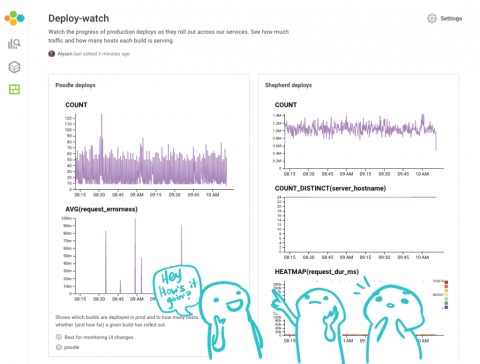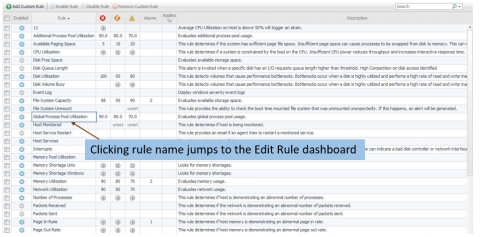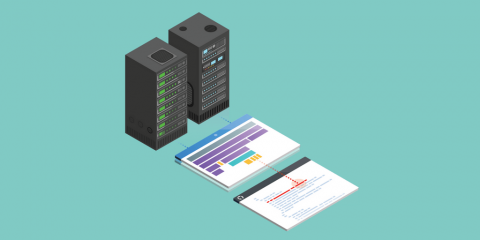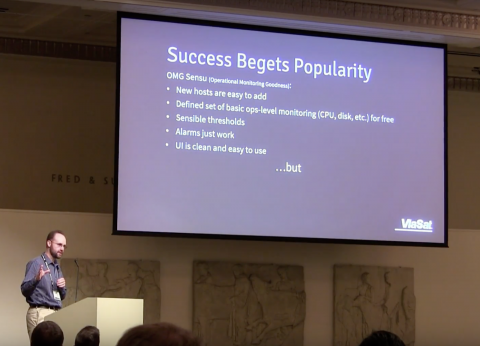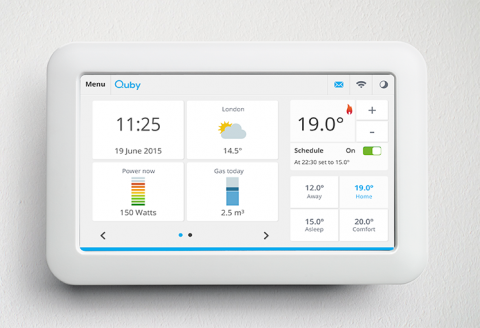How To Share Your Brain: Collaborate With Boards
As we are fond of saying here at Honeycomb, context is king, and one of our favorite ways to share the context in our brains is with Boards. We recommend using Boards to share query structures you’ve developed for reuse, share visual graphs for ongoing review of systems, share your brain with your colleagues…and your future self.


